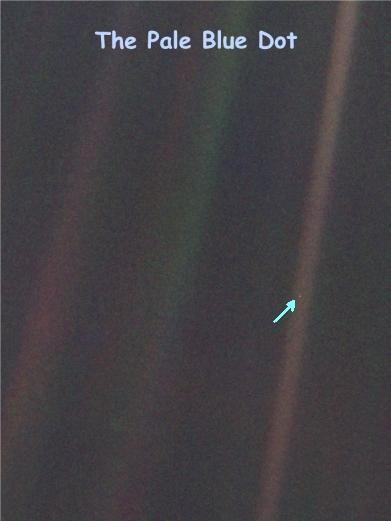http://www.popularmechanics.com/science/space/deep/how-much-longer-will-we-talk-to-the-voyagers-11479518
Since its 1977 launch, the Voyager 1 probe has passed gas-giant planets, beamed back the famous Pale Blue Dot picture of Earth from afar, and is now passing through the limits of the solar wind’s reach. Its sister craft, Voyager 2, took the first pictures of the outer gas giants, Uranus and Neptune. Likewise, it’s leaving the solar system.
Despite the Voyagers' incredible distance and its 1970s hardware, scientists can still communicate with them. But how much longer will they be able to talk to the first man-made crafts to venture so far? Turns out, nobody is totally sure.
"We thought we might not be able to go beyond where we are right now," says Jim Hodder, the operations manager in charge of the arrays of antennae responsible for Voyager communications. "But because we advanced our ground systems over the past few decades, I think right now it’s about another 10 years."
Distance isn’t such a big problem. Technological advances since the 1977 launch have made our antenna arrays incredibly powerful, Hodder says. For example, the Deep Space Network—a series of three antenna arrays strategically placed in rural locations around the world—can send and receive messages to and from the areas well outside our solar system. Cooling the 70-meter antennas to 18 degrees Kelvin ( minus 427 F) reduces noise, and the radio waves transmit data from probes and satellites loud and clear.
The real reason scientists can’t communicate with Voyager indefinitely is that the pioneering probes' fuel supply is not infinite. Eventually they will run out of juice and be left to wander the galaxy alone.
Suzanne Dodd, the Voyager project manager at NASA’s Jet Propulsion Laboratory, says the Voyager spacecraft are powered by a couple of nuclear reactors sitting on the back of the probe, but they will soon run out of steam. "The nuclear power sources lose about 4 watts of power a year," she says. At this rate, Dodd says, Voyager should have enough power to communicate with Earth until 2022 or maybe 2025.
The fact that Voyager is still sending back data today is a feat in itself. When the Voyager probes were launched in 1977, no one thought they would still be in operation today. The missions were initially set up to get a better idea of the geography of Jupiter and Saturn, but the researchers in control of the mission didn’t want to stop there. Dodd and the rest of the team have extended Voyager’s life using the few improvised tactics they have available to them.
The scientists turned off Voyager 1's cameras in 1990 to conserve energy (but not before they turned Voyager back toward home to take the Pale Blue Dot photo). Last fall, they turned off the heaters on the backup thrusters. This means that the backup fuel lines will eventually freeze. It’s a risk the team was willing to take to extend the viability of the primary thrusters. Dodd thinks that in 2016, the team will probably have to turn off the gyros responsible for maneuvering the probe, and its movements will be left to the whims of deep space.
Voyager 1 also has a few built-in fail-safe devices to keep it talking to Earth. "If it doesn’t hear from us, it will go into a set pattern of activities," Dodd says. "It will still send things to us even if it doesn’t get information from home. It assumes its receiver failed."
Still, hearing from the explorers will grow more difficult. Voyager 1 is now 11 billion miles from the sun and getting 330 million miles farther away each year. At it current distance, a round-trip message from Voyager I to Earth and back again takes a little more than 33 hours. And Voyager scientists are allotted only 6 to 8 hours per day on the Deep Space Network, meaning there may not be somebody listening when Voyager is talking. (In fact, when Voyager first ventured into the heliosheath—the last layer between deep space and the sun’s wind—another group of researchers was using the array to monitor another mission. The data was saved, and the Voyager team got the exciting news a few hours later.)
That doesn’t dampen Dodd’s enthusiasm. "We want to see it get into interstellar space. We want to see it continue sending data back even if we can’t send it to them."
A quick word on blocking ads

It looks like you are using an ad blocker. That's okay. Who doesn't? But without advertising revenue, we can't keep making this site awesome. Click the link below for instructions on disabling adblock.













